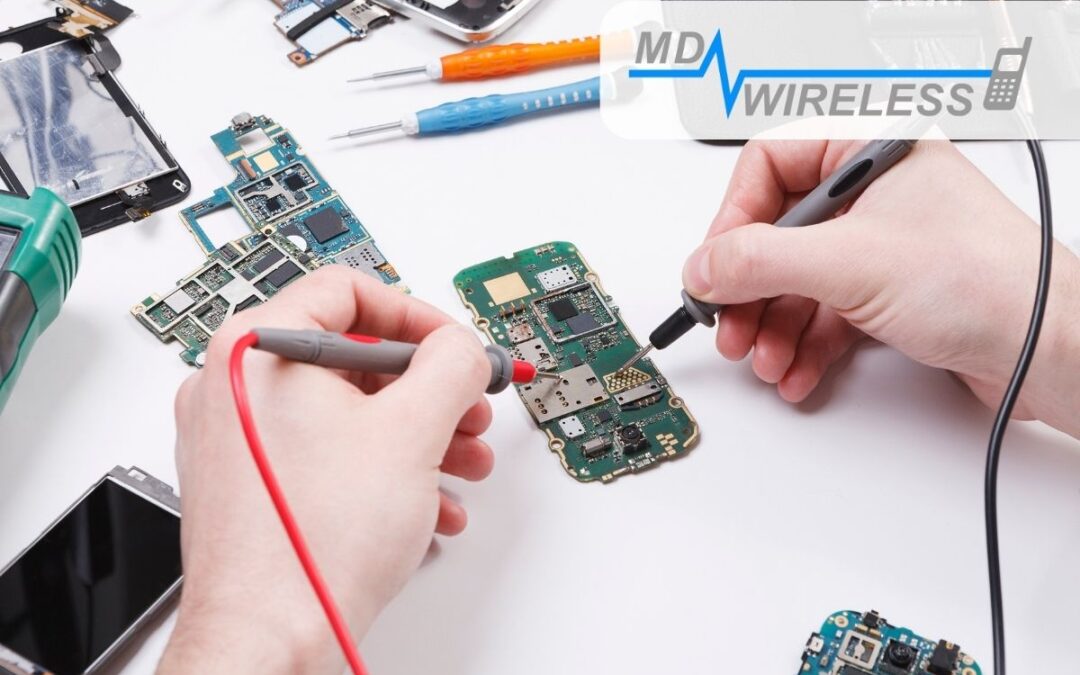Is It Worth Repairing a Mobile Phone?
In today’s fast-paced tech world, the question of whether to repair a mobile phone or replace it outright comes up more often than you might think. For many users, the decision hinges on cost, functionality, environmental impact, and personal attachment to the device. This post explores the practicalities of repairing a mobile phone, with a focus on the keyword cell phone and repair to guide readers through a thoughtful decision-making process.
Introduction: The Repair vs. Replace Dilemma
When your phone starts acting up, slow performance, poor battery life, or a cracked screen, the instinctive reaction might be to upgrade. However, repairing a mobile phone can be a cost-effective and environmentally friendly alternative, especially for devices with solid hardware and a recent operating system. The choice to repair or replace often comes down to the extent of the damage, the age of the device, and the availability of affordable repair options. By considering these factors, you can determine whether a repair makes more sense than a full replacement.
Assessing the Problem: What’s Really Wrong?
Before you commit to any repair, identify the core issues. Common problems include:
- Battery degradation leading to quick shutdowns or longer charging times.
- Screen damage such as cracks or unresponsive touch.
- Charging port issues or loose connectors.
- Software problems like freezing, unusual crashes, or failing to update.
- Water or moisture exposure causing erratic behavior or sensor failures.
Understanding the root cause helps you estimate repair costs and whether components are genuinely needed. If the problem is software-related, a reset or system update might solve it at little to no cost, whereas hardware failures often require parts replacement and skilled labor.
Cost Considerations: Is Repair Economical?
A central question is: will the repair cost be lower than buying a new device? Here are some guiding rules:
- Battery replacements tend to be relatively affordable and can extend a phone’s life considerably.
- Screen repairs are common but can vary widely in price depending on the model and whether the screen is LCD or OLED, as well as whether you go with manufacturer or third-party parts.
- Charging port repairs and other minor fixes are usually the most affordable options.
- For older models, repair costs might approach or exceed the price of a used device with similar capabilities.
- Don’t forget ancillary costs: data transfer, potential software reactivation, and possible tax or service fees.
If you use your phone for essential tasks, a repair might offer better value than a new device with a learning curve and a longer wait time for delivery.
Environmental and Ethical Considerations: Why Repair Matters
Choosing to repair a mobile phone has clear environmental benefits. Extending the life of your device reduces electronic waste and decreases the demand for new resources. Ethically, repairing also supports local businesses and technicians who rely on skilled labor. If sustainability is a priority, repairing a device rather than discarding it is a tangible step toward a more circular economy.
Practical Steps for a Successful Repair
If you decide to pursue a repair, follow these practical steps to maximize the chances of a successful outcome:
- Research reputable repair shops or official service centers with good reviews and transparent pricing.
- Verify whether the repair comes with a warranty or guarantee on parts and labor.
- Compare prices between manufacturer-authorized services and trusted third-party technicians.
- Back up your data before handing over your device to avoid data loss.
- Inquire about part quality: OEM versus third-party parts can affect longevity and performance.
- Ask about the return policy if the repair doesn’t resolve the issue or if new problems arise.
Considering Alternatives: Upgrades, Refurbished, and Trade-Ins
Sometimes a full repair is not the best option. Alternatives include:
- Refurbished phones: A mid-range option with tested performance and lower cost than a new model.
- Trade-in programs: Many manufacturers and carriers offer trade-ins that can offset the cost of a new device.
- Incremental upgrades: If your phone is older but still functional, you might opt for targeted upgrades (battery, storage, or memory) rather than a complete replacement.
- Software optimization: Cleaning storage, disabling bloatware, and refreshing the OS can noticeably improve performance without hardware changes.
Is It Worth Repairing a Mobile Phone? – Final Thoughts: Making an Informed Choice
The decision to repair a mobile phone should balance cost, functionality, and environmental impact. If a repair addresses a core issue at a reasonable price and can extend the device’s lifespan without compromising security or performance, it is often worth pursuing. On the other hand, if the repair costs are high or the device is several generations old with diminishing support, replacement might be the smarter choice. Remember to weigh the total cost of ownership, including potential future repairs, data security concerns, and the value you place on having the latest features.
In the end, the question “Is it worth repairing a mobile phone?” doesn’t have a one-size-fits-all answer. It requires considering the specific model, the extent of the damage, and your personal needs. By approaching the decision with a clear framework and researching trusted sources for the keyword cell phone and repair, you can make a choice that satisfies both your budget and your tech requirements.
Contact MD Wireless today and let us get your mobile device working perfectly

